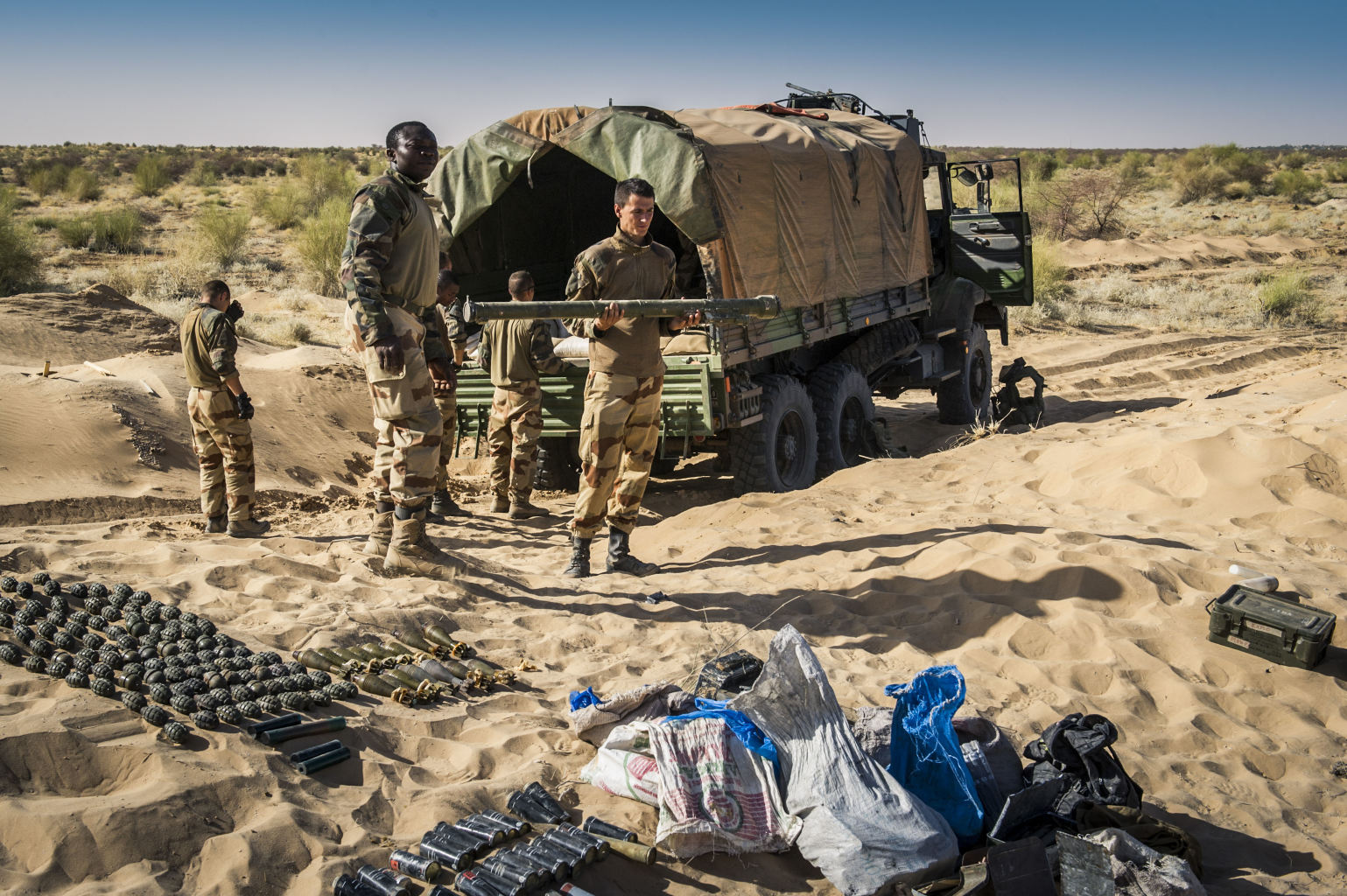Mali manual suggests Al-Qaida has feared weapon
 By | Associated Press
By | Associated PressIn this March 29, 2013 photo provided by the French Army's images division, ECPAD, a French soldier holds the launch tube of an SA-7 surface-to-air missile before its destruction in Timbuktu, northern Mali. The knowledge that the terrorists have the weapon has already changed the way the French are carrying out their five-month-old offensive in Mali. They are using more fighter jets rather than helicopters to fly above its range of 1.4 miles (2.3 kilometers) from the ground, even though that makes it harder to attack the jihadists. They are also making cargo planes land and take off more steeply to limit how long they are exposed, in line with similar practices in Iraq after an SA-14 hit the wing of a DHL cargo plane in 2003. (AP Photo/ECPAD, Olivier Debes)
First introduced in the 1960s in the Soviet Union, the SA-7 was designed to be portable. Not much larger than a poster tube, it can be packed into a duffel bag and easily carried. It's also affordable, with some SA-7s selling for as little as $5,000.
Since 1975, at least 40 civilian aircraft have been hit by different types of MANPADS, causing about 28 crashes and more than 800 deaths around the world, according to the U.S. Department of State.
The SA-7 is an old generation model, which means most military planes now come equipped with a built-in protection mechanism against it. But that's not the case for commercial planes, and the threat is greatest to civilian aviation.
In Kenya in 2002, suspected Islamic extremists fired two SA-7s at a Boeing 757 carrying 271 vacationers back to Israel, but missed. Insurgents in Iraq used the weapons, and YouTube videos abound purporting to show Syrian rebels using the SA-7 to shoot down regime planes.
An SA-7 tracks a plane by directing itself toward the source of the heat, the engine. It takes time and practice, however, to fire it within range. The failure of the jihadists in Mali so far to hit a plane could mean that they cannot position themselves near airports with commercial flights, or that they are not yet fully trained to use the missile.
"This is not a 'Fire and forget' weapon," said Bruce Hoffman, director of the Center for Security Studies at Georgetown University. "There's a paradox here. One the one hand it's not easy to use, but against any commercial aircraft there would be no defenses against them. It's impossible to protect against it. ... If terrorists start training and learn how to use them, we'll be in a lot of trouble."
http://www.mercurynews.com/breaking-news/ci_23434517/mali-manual-suggests-al-qaida-has-feared-weapon

No comments:
Post a Comment